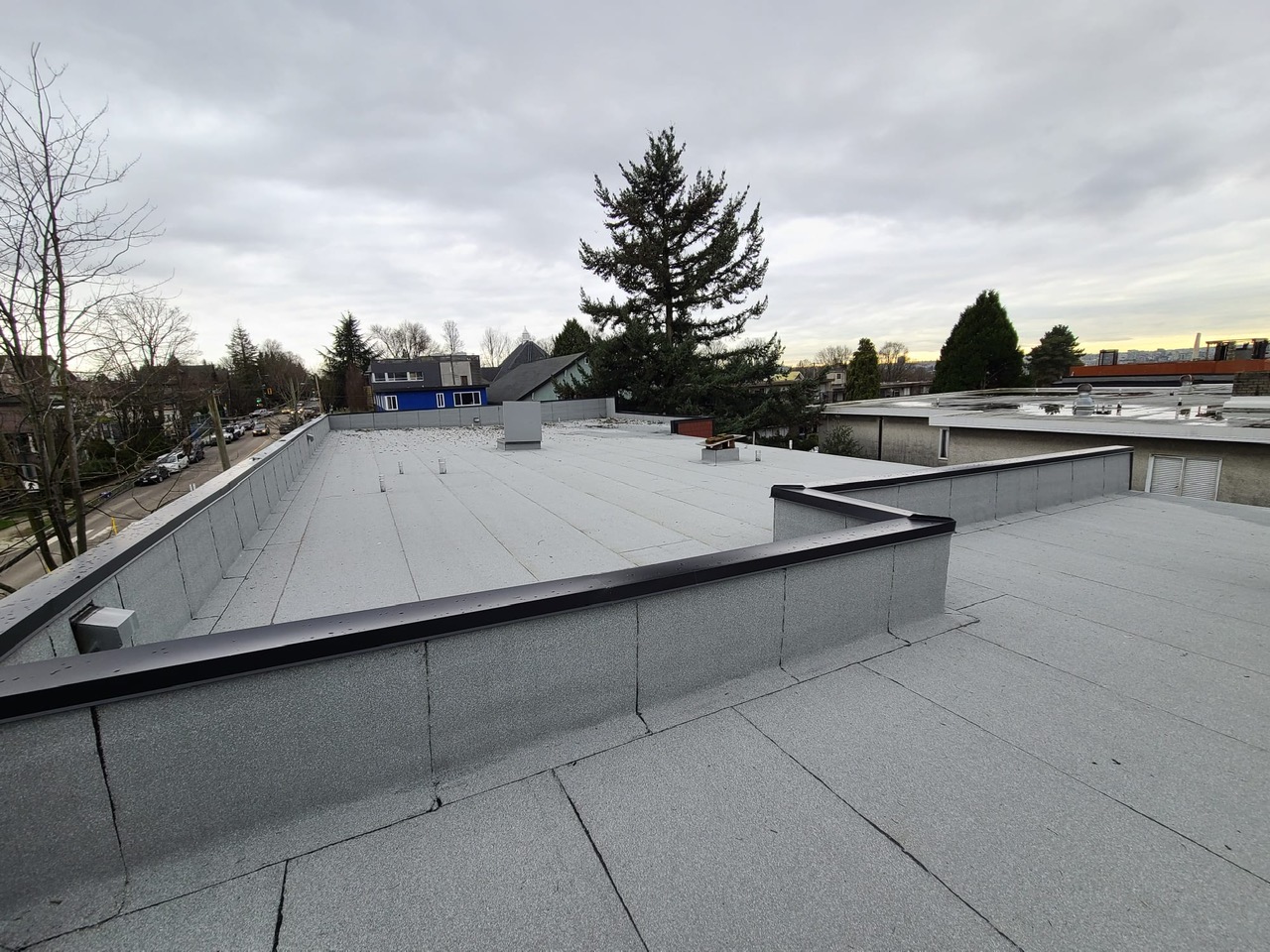Choosing A Flat Roof

The purpose of any roofing system is to protect what is underneath it: protect the building it caps from damage, and keep any contents dry and safe. When choosing a flat roof system, you will be presented with many different options, but they will all serve the basic goals of a roof. Your decision, then, will depend on factors such as your budget, any specific needs or requirements of the system (due to environmental factors or usage), and what maintenance needs and warranty you want to invest in.
There are a number of popular, well-known roofing options, as well as a few less common flat roof systems. We will give an overview of the most popular options, as well as some of the more esoteric ones.
Asphalt roofing systems
Asphalt roofing systems, such as built-up roofs (BUR) and modified bitumen roofs, continue to be among the most common and economic roofing choices for flat roof systems. These roofs tend to come in at the lowest price points per square foot and are durable and easy to maintain. However, the volatile price of petroleum has caused their pricing to fluctuate, and they tend to be very heavy.
Metal roofing systems
A metal roof may be a good choice for your project if you are looking for a roofing system that is low-maintenance, and both wind and impact resistant. Metal roofs might be made from corrugated galvanized steel, or from other materials such as copper, aluminum, and tin. These roofs will be long-lasting and very durable but the up-front installation costs will be much higher than many other flat roofing systems.
Single ply membrane systems
Many people choose single ply membranes over asphalt roofs these days. The material costs, not being petroleum dependant, are more predictable. Single ply roofs tend to be made of either thermosets or thermoplastics, which are synthetic compounds that can be formed into strong, flexible, durable roofing with low maintenance requirements. If you want a roof that is lighter than an asphalt roof but cheaper than metal, you may want to consider a single ply membrane system.
Liquid-applied and spray foam systems
These roofing systems are much less commonly used, but may be a very good solution for your project if you have a contoured surface. These systems involve preparing the roof substrate with care, and then applying a liquid or foam roofing product that then cures to a durable, waterproof membrane.
Vegetative roof systems
Vegetative, or “green” or “living”, roof systems command very little of the overall market share, but are an interesting option to consider. Consisting of living plants that are usually installed in tray systems on the roof, vegetative roofs are excellent at managing rainfall and general water control, provided the membrane underneath the plants is waterproof and well-maintained.
Any professionally-installed roofing systems is going to serve its primary purpose, to protect the building and building contents it covers. By working with a reputable roofing contractor, you will also get the peace of mind of having access to ongoing quality service and a good warranty on your new flat roof. Choose carefully, based on your needs and budget, and then rest easy knowing you’ve chosen a quality product.

